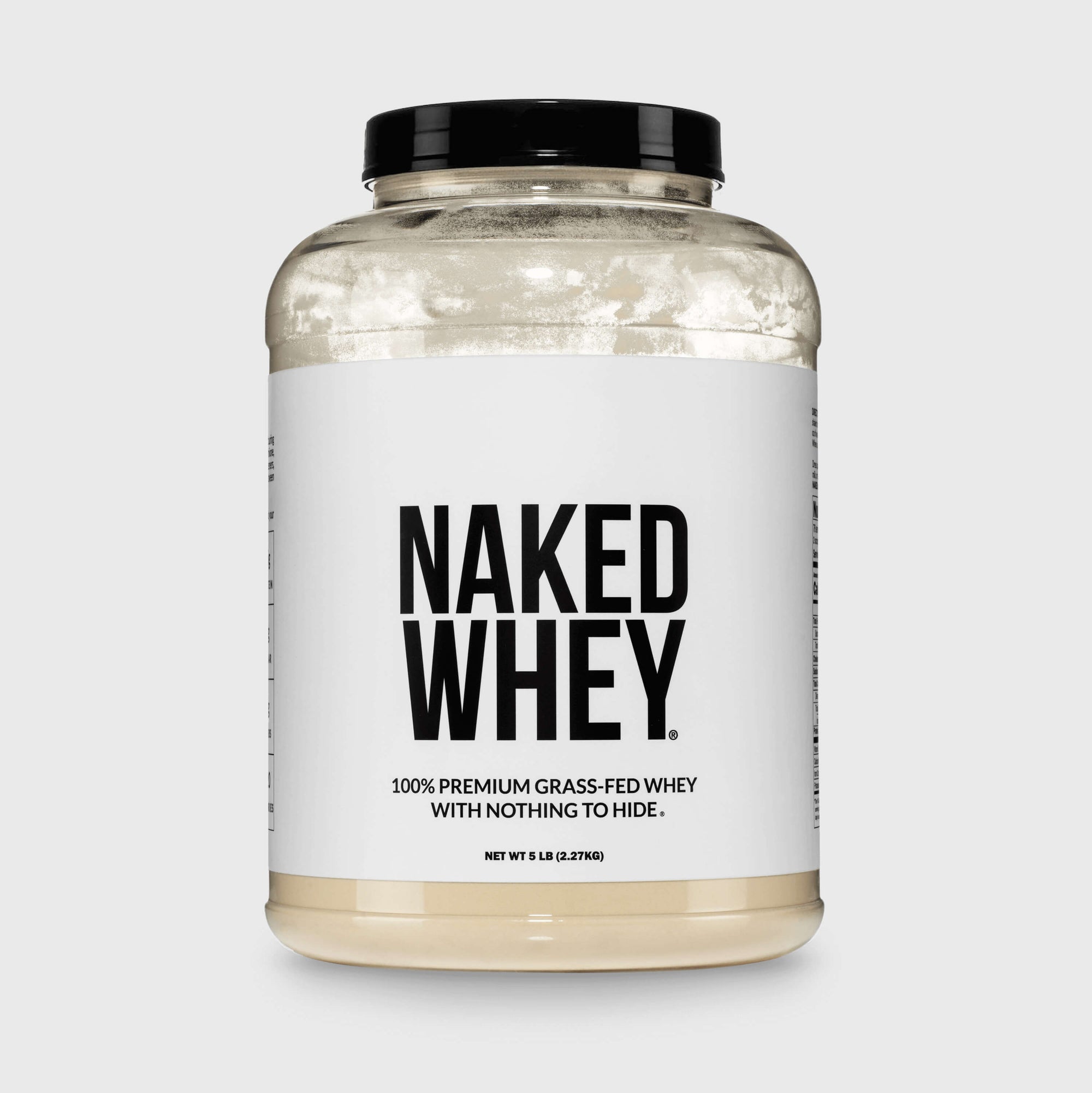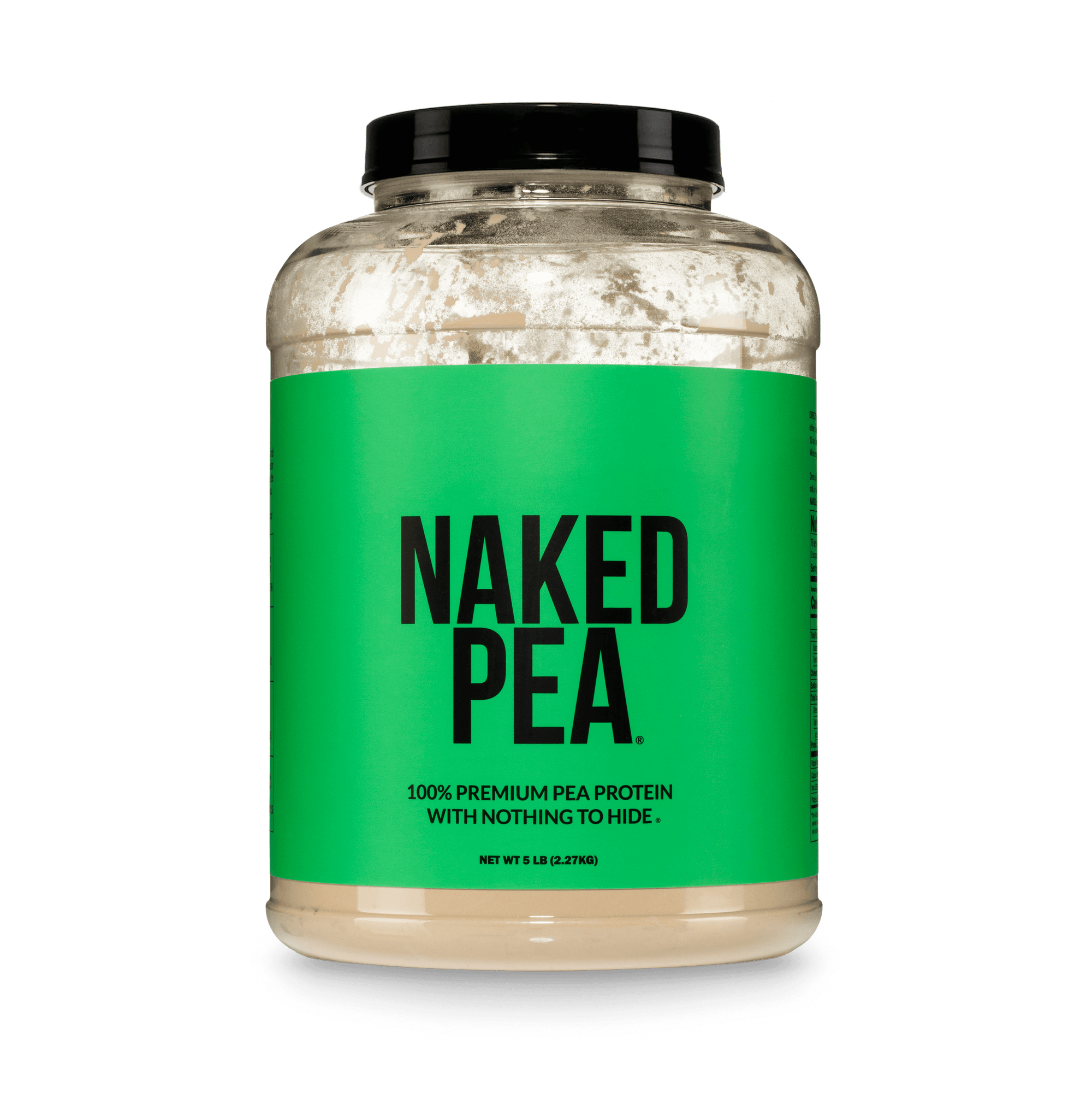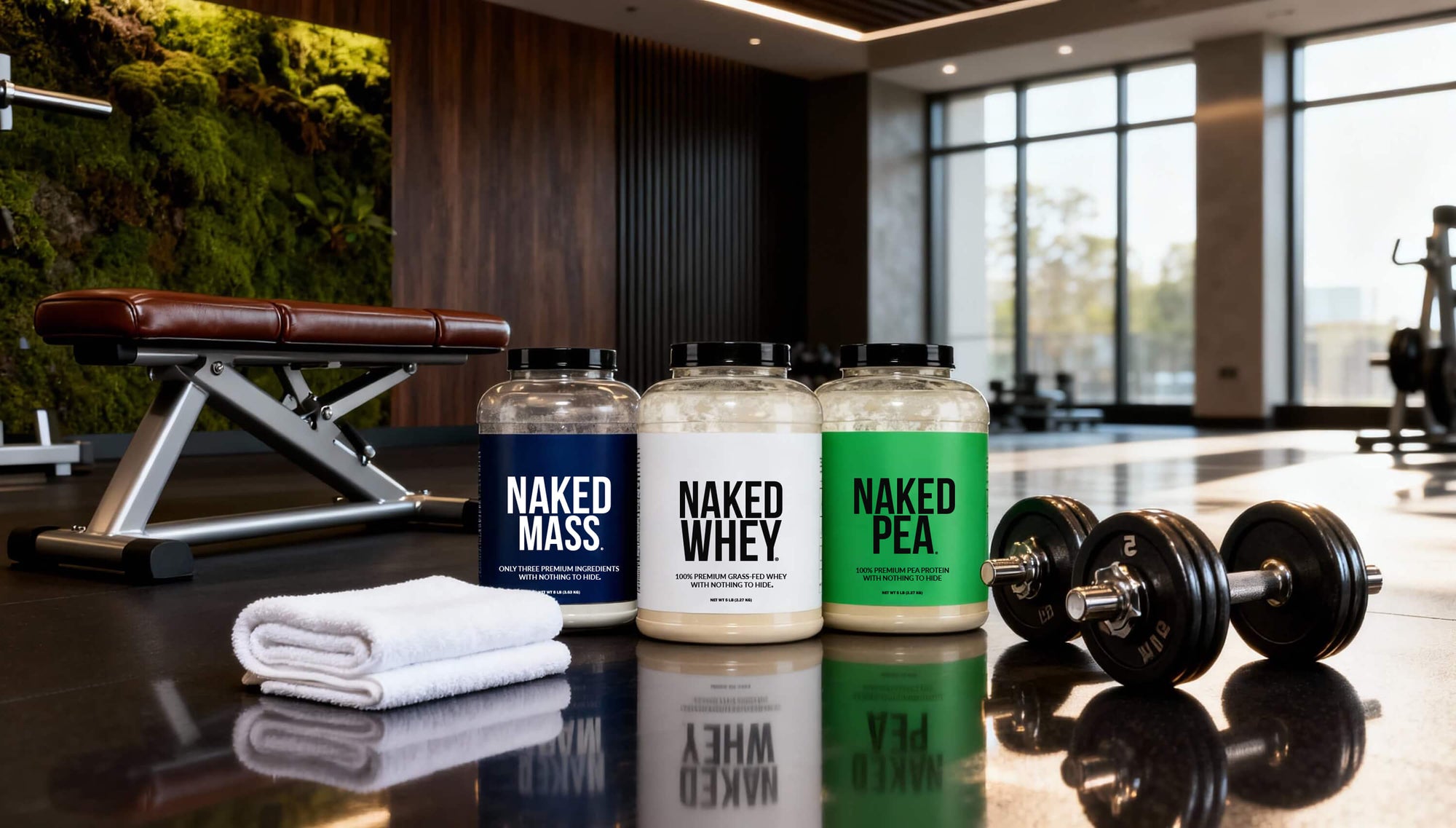Walking and running are among the most popular forms of cardiovascular exercise. They are both easy to incorporate and take zero equipment aside from a comfortable pair of tennis shoes.
If you are looking to work on body recomposition, you may find yourself wondering which of these two exercises is best and the answer may surprise you.
Walking vs Running: Which Burns More Calories?
It’s likely no shock that running burns a higher amount of calories than walking. In fact, running can burn almost twice as many calories as walking for the same amount of time.
This is because running gets your heart rate up higher than taking a leisurely stroll. The higher your heart rate the harder your heart is working to pump oxygen to your muscles. This extra effort expends additional calories.
With that said, there are many factors that would affect the amount of calories burned during either type of exercise including the incline and pace. For example, someone who is walking at a 4 mph pace on an incline of 10% will burn more calories than someone who is walking 2.5mph on 0% incline.
The amount of calories burned also depends on the individual, their height, weight, heart rate, and body composition. Those who have a higher body weight or large proportion of muscle mass will burn more calories than those with a lower body weight or higher concentration of fat mass.

Walking vs. Running for Body Recomposition
Body recomposition refers to altering the percentage of body fat and muscle mass, more specifically decreasing fat mass and increasing muscle mass. This is different from weight loss, which only refers to a drop on the scale which could come from either muscle or fat losses.
Body recomposition may result in weight loss but it can also cause no change in weight or even an increase in weight. This is because muscle is more dense than fat. When you are increasing muscle mass and losing body fat it is not always reflected on the scale.
Instead, it is measured with body circumference measurements. It can also be seen in the mirror or in the way your clothes fit.
For example, someone may have gained 5 pounds of muscle on the scale but gone down 2 pant sizes in clothes.
While strength training is the gold standard for body recomposition, other exercises such as walking and running should not be discounted. But which one is going to give you the best bang for your buck?
Running utilizes more muscles to a higher degree than walking. Therefore, running is thought to be the better choice for body recomposition. However, walking actually targets fat burn compared to running, which mainly utilizes carbohydrates for energy.
Therefore, running is better for weight loss and walking is better for fat loss a.k.a body recomposition. With that said, the difference is not wildly significant and running still provides great benefits for body recomposition as well.
In the end, both are great options for cardiovascular exercise and those who are looking to improve body recomposition should consider whichever one they enjoy the most.
Like any form of exercise, there are pros and cons. Below are some of the pros and cons to both running and walking.

Pros of Running
Weight Loss
As mentioned above, running can burn up to 2x the amount of calories compared to walking therefore it can be a great exercise for those looking to boost their cardiovascular health as well as lose weight [1].
Bone Health
High-Impact exercises such as running are the most effective type of exercise for improving bone density which can help to reduce the incidences of fractures and improve overall bone health [2].
Cons of Running
- Hard On Your Joints
Running involves a lot of repetitive impact which can be hard on your joints. Overtime, this may result in weakening or inflammation of the joint which can result in pain and discomfort [3].
- Increased Risk of Injury
Because running is a high-impact exercise, it poses an increased chance of an injury, particularly in the joint, knees, and back.
Pros of Walking

- Easy On Your Joints
Walking is a low-impact cardiovascular exercise which means it is a lot gentler on the joints compared to running. This also means walking is a lot less likely to evoke an injury compared to running.
- Fat Burning
Walking is better at targeting fat burning compared to running. This is because walking targets the optimal heart rate for fat burning compared to running, which has a much higher heart rate range that requires carbohydrates as quick energy. In fact, some studies have found walking may be particularly helpful at burning belly fat [4, 5].
- Easily Accessible
Most people are able to incorporate walking easily into their routine. Whether you choose to walk around your neighborhood, on a treadmill, or simply around your home, you can easily reap the benefits without any special equipment or skill required.
Cons of Walking
- Limited Results
Walking is a great cardiovascular exercise that most people can incorporate into their routine easily however, it does not provide as substantial physical benefits as other high-intensity exercises such as running. While it’s great to incorporate into a routine, coupling it with strength training or other forms of exercise will provide greater results.
Walking vs. Running for Cardio Health

Both walking and running are excellent additions to any routine for cardiovascular health. Studies have found that whether you decide to walk or run, both provide similar benefits for your heart so you may not need to choose between one or the other [6].
To get the most benefit from either one, be sure to do it consistently. Choose whichever one you enjoy the most or a mixture of both.
Walking vs. Running to Prevent Injury
If you are concerned about an injury or are currently recovering from one, it’s best to stick with walking over running. Because running is a high-impact form of exercise, it can be very jarring on the body, especially the joints. This can increase the risk of developing or worsening an injury.
So, Should I Walk or Run to Build Muscle and Burn Fat

While we now know that walking may actually be better for fat burning than running, the best choice is whichever one you enjoy the most and will do consistently. You also don’t have to limit yourself to one or the other if you enjoy them both.
The difference between the two is not significant enough to warrant choosing one over the other for body recomposition. Instead, choose which one you like and incorporate it into your regular routine.
Also Read: Body Recomposition vs. Weight Loss













